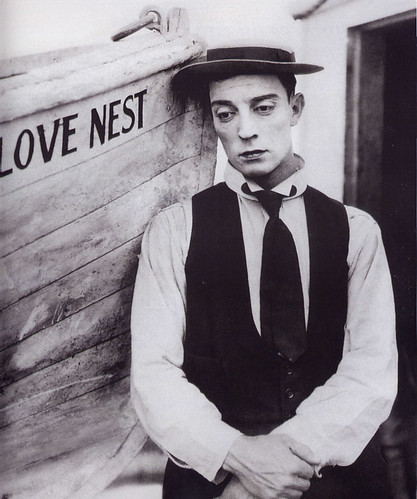Are certain words funny? The careful selection of the perfect word can make a joke a classic.
In general, words with the ‘k’ sound--like ‘kidneys’--are inherently funny. The humor potential of the letter ‘k’ has been known by the experts for years. In the Neil Simon play The Sunshine Boys, the character Willy explains it to his nephew: “Fifty-seven years in this business, you learn a few things. You know what words are funny and which words are not funny.
Alka Seltzer is funny. You say "
Alka Seltzer," you get a laugh . . . Words with "k" in them are funny. Casey Stengel, that's a funny name. Robert Taylor is not funny.”
Scientist and researcher Richard
Wiseman put the ‘k is funny’ theory to the test during his
LaughLab research in 2001. Although the main focus of the research was finding the funniest joke,
Wiseman also performed a “mini-experiment” to see if the letter ‘k’ actually gets more laughs. (Your tax dollars at work, folks.)
The experiment was built around a simple joke:
There were two cows in a field. One said, “Moo.” The other one said, “I was going to say that.”
During the experiment, people were invited to visit the LaughLab website and rate jokes pulled at random from a database. In addition to the cow joke, Wiseman and his colleagues put several variations in the database including mice that went “eek,” tigers that said “grrr,” and birds going “cheep.” The winning variation which had the most ''k's was this joke:
There were two ducks on a pond. One said, “Quack” and the other said, “I was going to say that.”
From this we learn that the "k" sound does get laughs and that the visitors to this website were easily amused.
Here are some words and phrases you can shout out randomly at parties for laughs: fish sticks, tinker toy, slinky, sissy pants (childish things are funny), hygiene, nose hair, nubile, mood ring, junior college, goofy golf, kumquat (the funniest fruit aside from Oscar Wilde), Jet Ski, gerbil, ant farm, squirrel, communicable, inner thigh, three, five, tattletale, Burger King, aplenty, penmanship, elk, woodpecker, crackpot,
fur ball, Magic Marker, Mr. Bubble, uterus, uvula, Latvia, pluck, amok, squeal,
McNuggets, show tunes, custard, duck.
Bring your dog around and I'll give him a bonus, too:
Here's a fun site that has transcripts of some of Woody Allen's
stand up: http://www.ibras.dk/comedy/allen.htm

